COLUMN IN THE SALEM NEWS
By Stratton Lloyd and Michelle Xiarhos Curran
SEE ORIGINAL COLUMN IN THE SALEM NEWS HERE.
The events of the past year have been historic, particularly for Black Americans. We’ve celebrated the election of our country’s first Black, South Asian and female vice president, but we’ve also been harshly reminded that in the pursuit for racial equity and justice, there is still a steep hill we must climb.
Our country’s veiled racism has been put on full display these last 12 months, both at the Jan. 6 Capitol insurrection and through the countless, broadcast acts of police brutality against Black people. At the same time, Black and brown communities have been disproportionately ravaged by the COVID-19 pandemic, the latest manifestation of that found in the significantly lower rates at which people of color are being vaccinated against the virus.
This month, as we reflect on the contributions, resilience and excellence of Black Americans, it is crucial that we also examine and address the structural inequities that have led us to this moment so that we can climb that hill together. Let’s start by looking in our own back yards.
Essex County is growing increasingly diverse and at a much faster rate than both the state and the country. While the region remains largely white, our Hispanic population has grown by 105%, and the number of African-American residents has increased by 78%. Residents of color now make up 27% of Essex County’s population, compared to 15% in the year 2000. This is according to ImpactEssexCounty.org, Essex County Community Foundation’s regional data website that uses community indicators to measure the quality of life in Essex County. It’s just one of the tools we use as a foundation to ground our work in data as we embark on systems change efforts. Launched in 2016, the site was refreshed last month with updated data, including a special section devoted to racial equity.
“The events of the last year have really underscored the importance of studying data that highlights racial and ethnic disparities so as a community, we can truly begin to understand how to dismantle the walls built by systemic racism,” said ECCF President and CEO Beth Francis. “These structural inequities – compounded over generations – underlie and amplify many of our most critical social challenges.”
“We cannot begin to overcome our obstacles without making racial equity and justice a core component of our work,” Francis added.
Data from ImpactEssexCounty.org indicates that in our region, wide disparities between people of color and White residents exist in many areas of life, including financial self-sufficiency, the economy, health and education. According to the data:
18% of Black residents and 22% of Hispanic residents in Essex County live in poverty, compared to 8% of Whites; the disparity is greater among children: 24% of Black children and 26% of Hispanic children live in poverty, compared to 10% of White children.
The rate of home ownership among Whites is 69%, compared to 33% among Black residents in Essex County and 29% of Hispanics.
63% of White third graders were considered proficient in reading, compared to 44% of Black students and 40% of Hispanic third graders.
In Essex County, 12% of Hispanics and 25% of Blacks hold bachelor’s degrees, compared to 43% of Whites.
These inequities illustrate just a few of the ways racist policies and practices have not only persisted through generations, but are also tangled in multiple complex systems and, in many cases, massive disinvestment in communities of color and post-industrial urban environments.
Modern day disparities in homeownership, for example, are connected to the early 20th century practice of redlining, exclusionary mortgage practices and restrictive covenants barring members of specific groups from owning property. These procedures have had dire intergenerational effects because they have denied people of color the benefit of acquiring wealth through transfers of home equity.
Because of the interdependent nature of these policies and practices, our challenges will not be easily solved. Instead, we must continue to come together to reimagine systems in ways that shed remnants of structural racism that live on as modern-day discriminatory policies and practices. This cannot be done overnight, but it can be done.
First, we must collectively recognize the realities that people of color face in our country, and right here in Essex County. As we commemorate Black History Month, let’s be more than casual observers. Let’s use this time as a reminder to listen, learn and be curious about how and why the world works the way it does and actively pursue ways we can change it for the future.
Over the course of the next few weeks, we invite you to explore the ImpactEssexCounty.org racial equity data to see the disparities our fellow Essex County residents experience every day. Share the information with your friends and colleagues. Talk about it with your children. Use it as a tool for understanding. Then, let’s take action – individually and together.
Stratton Lloyd is executive vice president and COO at Essex County Community Foundation. Michelle Xiarhos Curran is the foundation’s communications writer.


